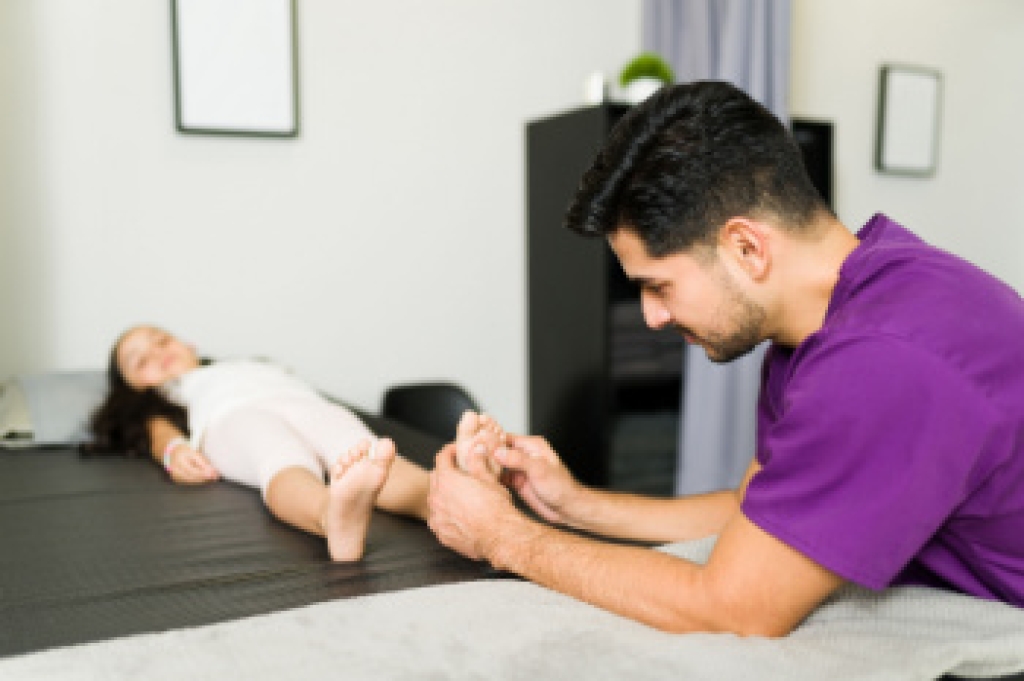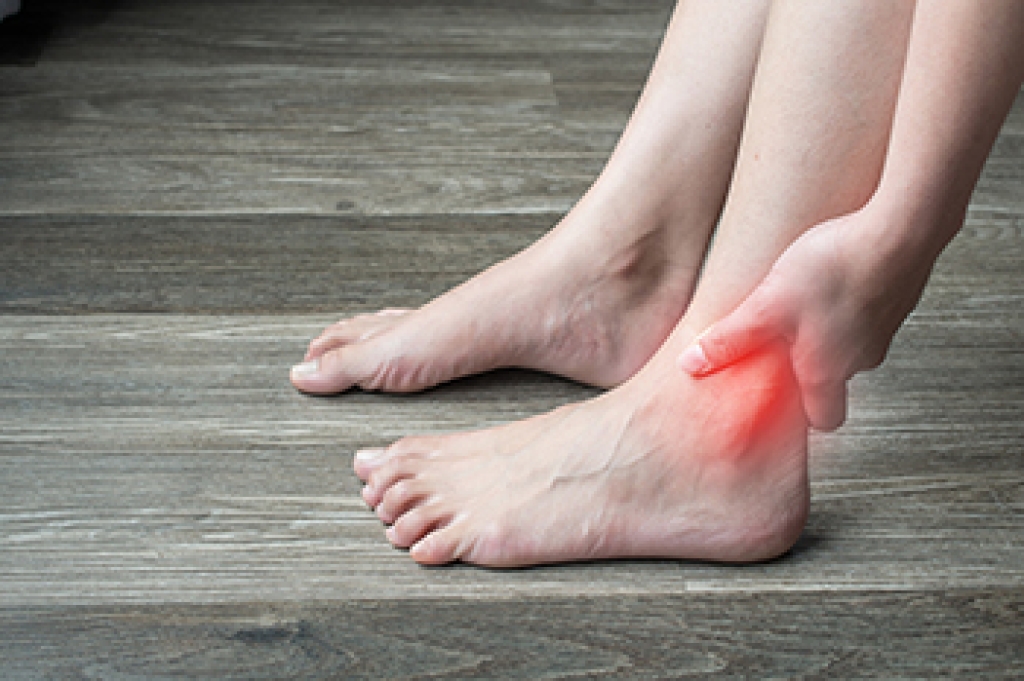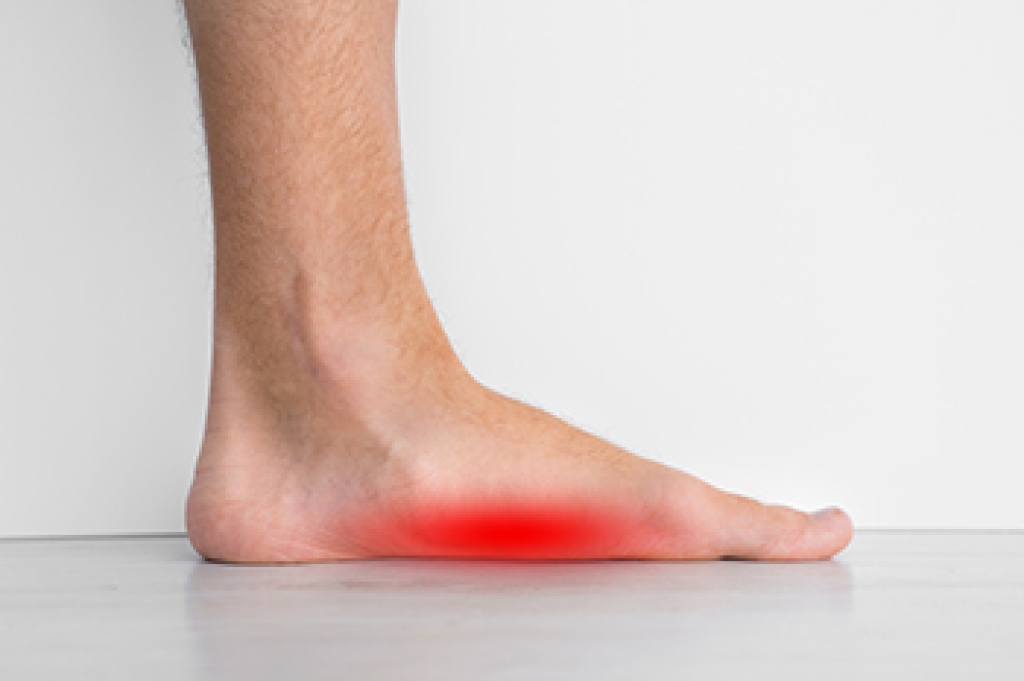
The windlass test is a simple clinical method used to examine how the plantar fascia behaves when the big toe is raised and the arch is placed under tension. During this movement, a podiatrist gently lifts the big toe while keeping the foot steady, allowing them to see whether the plantar fascia tightens normally or triggers discomfort. This test is most often associated with plantar fasciitis because people with this condition frequently feel heel or arch pain when the toe is elevated. It can also provide helpful information about flat feet, arch fatigue, or other mechanical issues that affect daily movement. The windlass test is usually performed when someone reports morning foot pain, stiffness, or tenderness along the bottom of the foot. If these symptoms persist or interfere with routine activity, it is suggested that you see a podiatrist for effective relief and treatment solutions.
If you have any concerns about your feet, contact Steven Black, DPM from California . Our doctor can provide the care you need to keep you pain-free and on your feet.
Biomechanics in Podiatry
Podiatric biomechanics is a particular sector of specialty podiatry with licensed practitioners who are trained to diagnose and treat conditions affecting the foot, ankle and lower leg. Biomechanics deals with the forces that act against the body, causing an interference with the biological structures. It focuses on the movement of the ankle, the foot and the forces that interact with them.
A History of Biomechanics
- Biomechanics dates back to the BC era in Egypt where evidence of professional foot care has been recorded.
- In 1974, biomechanics gained a higher profile from the studies of Merton Root, who claimed that by changing or controlling the forces between the ankle and the foot, corrections or conditions could be implemented to gain strength and coordination in the area.
Modern technological improvements are based on past theories and therapeutic processes that provide a better understanding of podiatric concepts for biomechanics. Computers can provide accurate information about the forces and patterns of the feet and lower legs.
Understanding biomechanics of the feet can help improve and eliminate pain, stopping further stress to the foot.
If you have any questions please feel free to contact our office located in Lancaster, CA . We offer the newest diagnostic and treatment technologies for all your foot and ankle needs.




